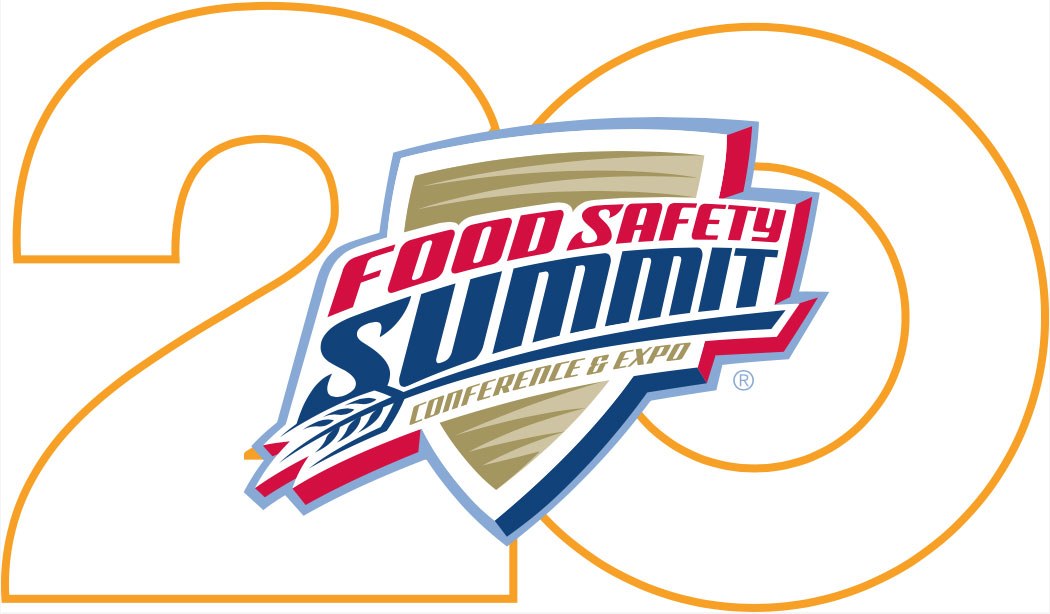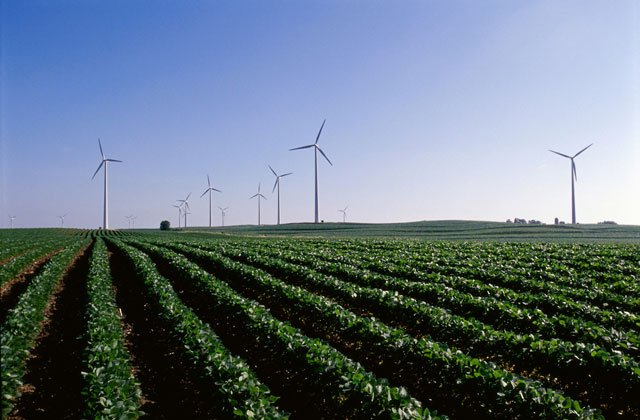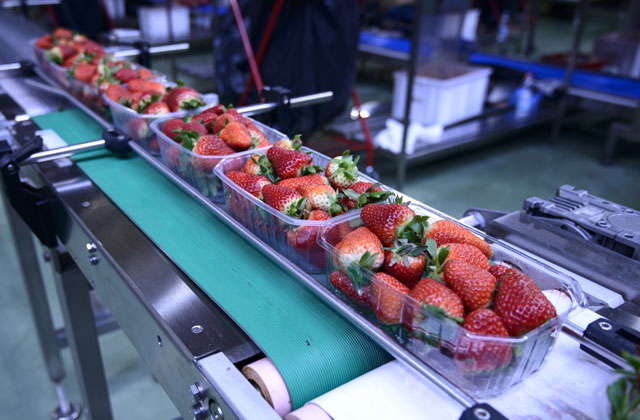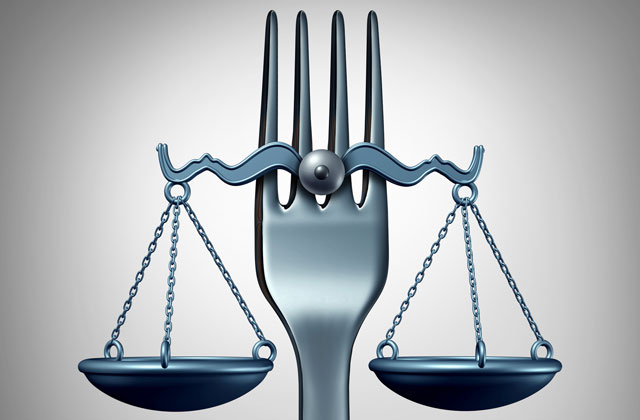
WHAT LIES AHEAD: Thoughts on Industry and the Economy in 2018
February 7, 2018
The Risks are Real: Cyberattacks & Manufacturing
April 9, 2018
The 20th Annual Food Safety Summit, held in Rosemont, IL from May 7-10th is dedicated to ensuring Food Safety breakdowns don’t happen.
With the amount of work required to get our food from a farm onto our plates, there is little room for error when it comes to food safety. A breakdown at any stage of the food supply chain, whether it is at the farm, the manufacturing and processing, the distributor, the retailer or a restaurant can have catastrophic effects. Improperly handled food can lead to consumers getting sick or even worse. Even if a potential food safety risk is caught before any consumers are affected, recalling or destroying product can be costly to the entire industry.
Understanding the Entire Food Supply Ecosystem
Food producers, distributors, sellers, researchers, and regulators all play vital roles in ensuring food is safe for consumers to eat. Typically, while a food distributor might understand and address the concerns to food safety within their individual link in the supply chain, they may not be fully aware or understand the concerns and obstacles the other links in the chain face. This year’s Food Safety Summit is focusing on changing that. Understanding the food safety at every step can lead to coordination throughout the chain, offering better and more optimized protection. The opening session will focus on case studies at different stages of the food supply chain.
Sanitary Surfaces Begin with Design
As a supplier of sanitary stainless steel fabrications to our OEM customers, who incorporate our work into their Food Processing and Packaging machinery, the ACE team is experienced working with a range of sanitary finishes.
The ACE Engineering team can review your designs, to collaborate on the welding process used and finishes required – along with suggestions on ensuring the component geometry, welds and joints won't harbor dangerous bacteria. Our sanitary experience and Value Engineering services combine to help ensure the components can be produced efficiently and on time to meet the growing demands of today’s food processing and safety requirements.
There are Many Links in the Food Safety Chain
- Grower/Farmer – Food safety begins with our farmers, growers, and ranchers. They face a multitude of food safety concerns including worker hygiene, proper water, pesticide, manure, and compost use, wild animals and infestation, and harvest sanitation and post harvest handling.

© Thinkstock by Getty Images
- Manufacturing/Processing – Next up, Food manufacturers and processors must ensure the food remains safe to consume. Safety concerns include plant and equipment sanitation, refrigeration, proper labeling and packaging, cross contamination for allergens or chemicals, and pest control.
The pace of change, when it comes to the tastes of consumers, is creating more demands on food processors and packagers. This change dynamic means line configurations, machines and workflows are constantly evolving.
Changes in consumer taste, such as the growing emphasis by the Millennial generation on ’cleaner’ food packaged in recyclable materials or the ‘prepared by not over-processed’ trend toward fast and fresh, means that food processors and packagers must be nimble and able to quickly respond to the market’s needs.
Responding means new machines, processes and configurations – all without losing sight of the need for fundamental food safety and sanitation protocols.

© Thinkstock by Getty Images
- Distribution – Food safety practices must be maintained while in transit for distribution. Obstacles to proper distribution include improper handling practices, cleaning and sanitation, pest management and control, receiving and shipping problems, product recall, and refrigeration and storage.

© Thinkstock by Getty Images
- Retailer/Foodservice – The last stop food makes before it reaches a consumer, the retailer and foodservice industry has its own unique challenges. These challenges include hygiene, refrigeration, cross-contamination of allergens, date marking, temperatures consistency, and employee illness.

© Thinkstock by Getty Images
- Regulatory – The final link in food safety is regulatory. Knowledge of all the other links in the supply chain is absolutely necessary since they are required to make and enforce laws to keep food safe for the consumers.

© Thinkstock by Getty Images





